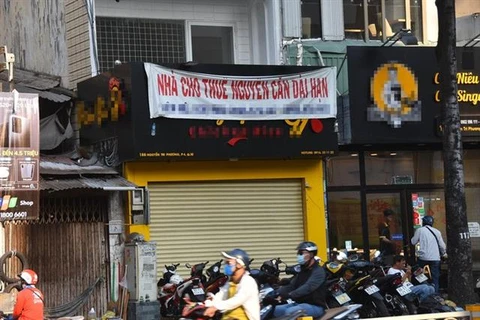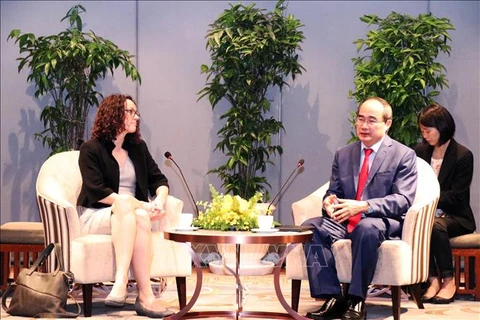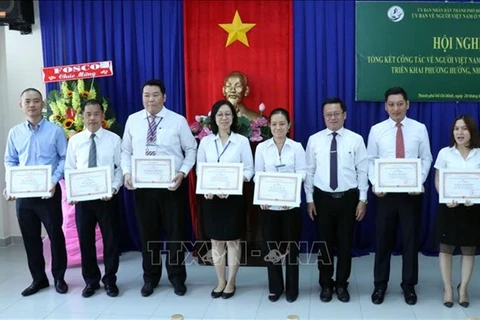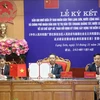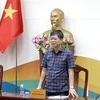HCM City (VNS/VNA) - Prime Minister Nguyen Xuan Phuc has asked the Government Advisory Group to submit a document by April 30 outlining necessary steps to turn Ho Chi Minh City into an international financial centre.
Tran Du Lịch, member of the Government Advisory Group, said that HCM City was a gateway to major financial centres and capitals of ASEAN countries.The idea to turn the city into a regional and international financial centre is not new, but would be an essential part of the National Economic Strategy to 2030, he added.
The growth of the financial market, particularly in HCM City, has not been consistent and the dependence on the banking system for capital has been significantly distorting the financial market, he said.
Key characteristics of international financial centres include deep, liquid and sophisticated capital market, as well as competitive tax and regulatory regimes designed to attract foreign investment in financial services.
Le Hong Giang, director of Investment Strategy Fund Tactical Global Management, said the legal framework for financial centres must be clear.
Financial services have become more reliant on technology, so the nature of a financial centre will shift to a hi-tech centre, he said. “This will prove to be a challenge for existing centres but an opportunity for new financial centres.”
Deputy PM Vu Duc Dam highlighted the city’s achievements in socio-economic development, which has made the city a destination for many firms across the world.
“HCM City will continue to aim for sustainable growth by improving its competitiveness and growth quality through healthy economic restructuring,” he said. “The city will also ensure a favourable business environment for enterprises, and encourage start-ups, innovation and smart-city measures.”
Though HCM City accounts for only 9.36 percent of the national population, it contributes 14 percent to the country’s export value and 27 percent to State revenue./.
Tran Du Lịch, member of the Government Advisory Group, said that HCM City was a gateway to major financial centres and capitals of ASEAN countries.The idea to turn the city into a regional and international financial centre is not new, but would be an essential part of the National Economic Strategy to 2030, he added.
The growth of the financial market, particularly in HCM City, has not been consistent and the dependence on the banking system for capital has been significantly distorting the financial market, he said.
Key characteristics of international financial centres include deep, liquid and sophisticated capital market, as well as competitive tax and regulatory regimes designed to attract foreign investment in financial services.
Le Hong Giang, director of Investment Strategy Fund Tactical Global Management, said the legal framework for financial centres must be clear.
Financial services have become more reliant on technology, so the nature of a financial centre will shift to a hi-tech centre, he said. “This will prove to be a challenge for existing centres but an opportunity for new financial centres.”
Deputy PM Vu Duc Dam highlighted the city’s achievements in socio-economic development, which has made the city a destination for many firms across the world.
“HCM City will continue to aim for sustainable growth by improving its competitiveness and growth quality through healthy economic restructuring,” he said. “The city will also ensure a favourable business environment for enterprises, and encourage start-ups, innovation and smart-city measures.”
Though HCM City accounts for only 9.36 percent of the national population, it contributes 14 percent to the country’s export value and 27 percent to State revenue./.
VNA

